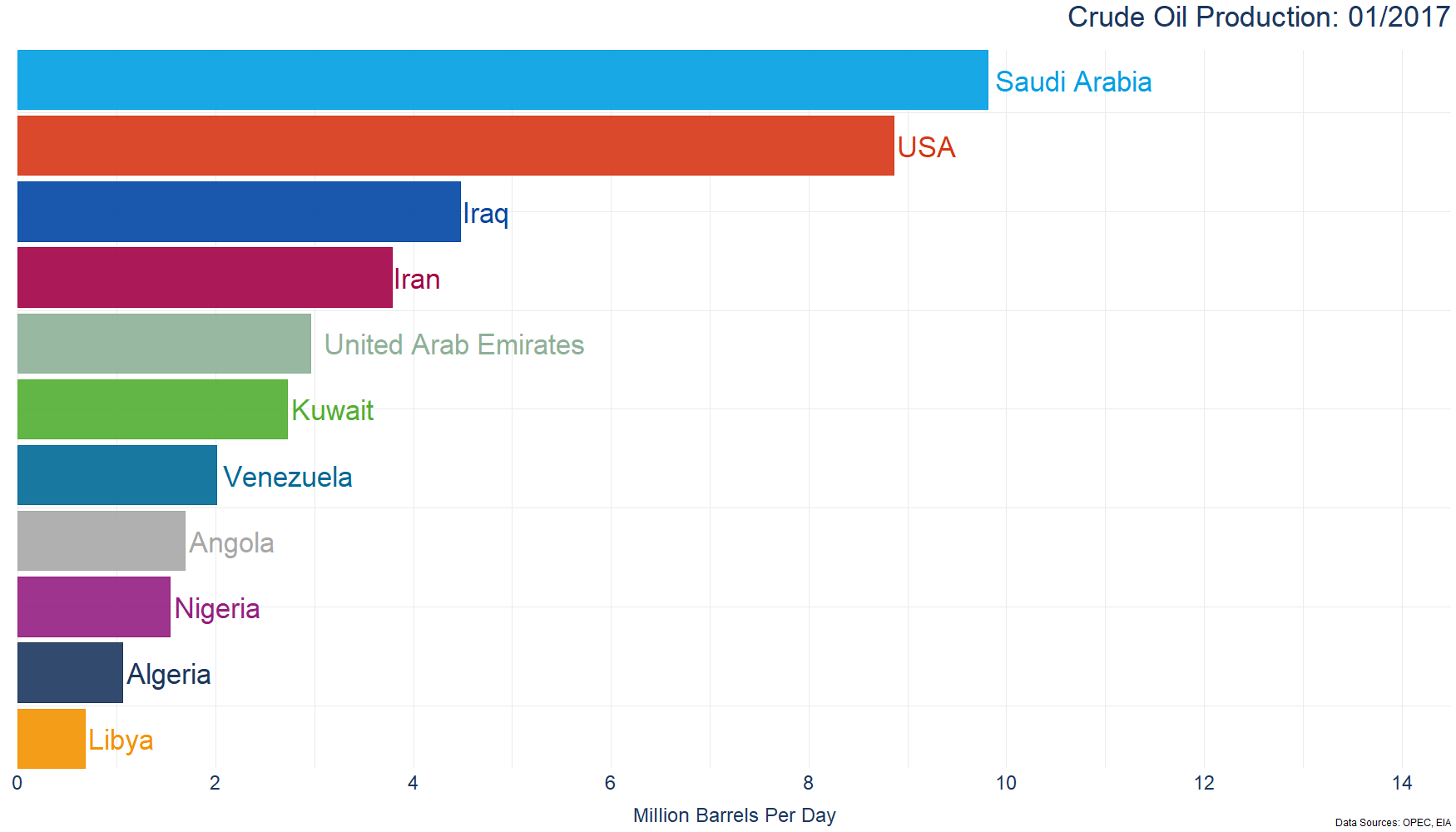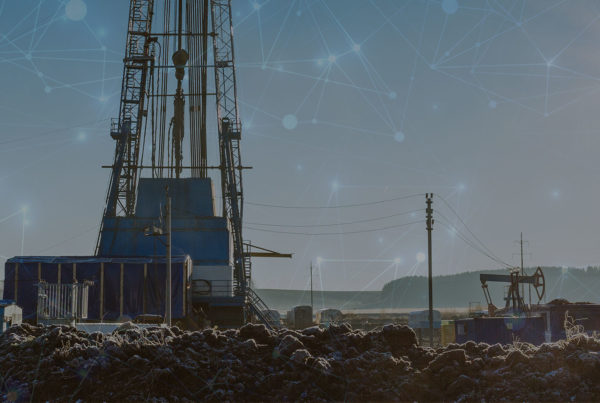Tough competition from US unconventionals and other non-OPEC production, recent drone attacks on vital Saudi infrastructure and uncertainties over global energy demand add complication to Saudi Aramco’s upcoming IPO.
Saudi Aramco’s ties to OPEC pose downside risk to prospective investors
A glut of supply from non-OPEC sources, coupled with continuing downward revisions to global demand growth forecasts, has resulted in fears that the current oversupply in the market is set to continue. To combat the issue, OPEC announced that production quotas will extend until March 2020 and potentially longer, to stabilise the supply-demand balance and lift oil prices. Saudi Arabia is the largest producer in the group and is expected to continue cutting the most production as a result. The de facto leader of OPEC is inexorably linked to OPEC, something Saudi Aramco has acknowledged as a major risk factor for prospective investors in the IPO. Production cuts so far in 2019 appear to have been undermined by the weaker demand outlook, leading to subdued oil prices throughout 2019, with little improvement expected in 2020.
Drone attack highlights Saudi Aramco’s vulnerability ahead of IPO
Stable production and higher oil prices are something Saudi Aramco desire in the run-up to their long-delayed IPO, which is expected to be the world’s largest when it is listed on the Tadawul Stock Exchange in December 2019. However, 2019 has seen instability for Saudi Aramco, with a drone attack on oil facilities at Abqaiq and Khurais knocking out 5.7 mmbbl/d capacity, leading to a fall of 1.28 mmbbl/d for the Kingdom in September. Following the drone attack, the self-proclaimed “most reliable oil company” appeared to restore production at the damaged facilities in a matter of weeks. As a result, the rally in prices following the attack was short-lived and Brent quickly returned to the high $50 to low $60 range.
Abqaiq processes oil from the world’s largest conventional oilfield – Ghawar. Saudi Aramco’s April 2019 bond prospectus, placed field production at 3.8 mmbbl/d, much lower than the industry generally assumed – with many under the impression that production was closer to 5 mmbbl/d. For Aramco’s latest prospectus (November 2019), the figure remains at 3.8 mmbbl/d, with liquids reserves of c. 48.3 billion barrels. It is unclear whether the lower than expected output is related to declining production, or whether production capacity has been reduced due to OPEC production quotas, but the apparent vagueness of the prospectus may lead some to posit that the former is more likely.
Although fluctuating oil prices and regional instability have always been risks associated with investing in Saudi Arabia, the drone attack and the hint of potential production decline at Ghawar highlights Saudi Aramco’s potential vulnerability. Saudi Crown Prince Mohammed bin Salman valued Saudi Aramco at $2 trillion back in 2016, however, with market instability, the threat of oversupply and a climate crisis Analysts see $1.2 and 1.7 trillion to be more realistic.
Middle East production outlook
The IPO comes in the context of Middle Eastern production, where OPEC quotas have subdued production growth in recent years. Westwood expects the liquids production in the region to fall 0.1% in 2020, with the extension of cuts and production decline in Iran. Iranian production has fallen dramatically since US sanctions were re-imposed in 2018. In 2019 alone, crude oil production decreased by 566 kbbl/d between January and September and barring a significant change in US foreign policy, this decline is expected to continue across the forecast.
Westwood does not expect production cuts to remain in place throughout the entire forecast, and a focus on brownfield activity in Saudi Arabia, UAE and Iraq will drive significant increases in production capacity.
Saudi Arabia is expected to see strong growth in both liquids and gas production over the 2019-2025 forecast, as Saudi Aramco aims to maintain its position as the world’s leading crude oil producer and expand its gas business, as highlighted in its November 2019 prospectus. The Berri Incremental Development project aims to double oil production at the field, which has been in production for over 40 years, while a similar project is underway at the Marjan field, which aims to increase production capacity to 800 kbbl/d. Westwood expects a 51% increase in gas production in the Kingdom by 2025, aligned with the country’s “Vision 2030” target of doubling gas production by 2030 and constructing a national gas distribution network.
ADNOC, is investing heavily into expansion projects, intending to reach 5 mmbbl/d liquids and significantly increasing gas production by 2030. Similarly, Iraq aims to increase production capacity through intensive natural gas and water injection at some of its largest oilfields – including West Qurna, Rumaila and Zubair.
OPEC’s 2019 World Oil Outlook highlights that supply growth in non-OPEC areas over the forecast, led by US unconventionals as well as Brazil, Canada and Guyana will eat into OPEC’s global share of production. As non-OPEC supply continues to grow, OPEC’s power as a swing producer will be tested. The Saudi Aramco IPO may see Saudi Aramco rethinking its relationship with OPEC and outputs cuts.
Jack Baxter, Analyst
[email protected]




